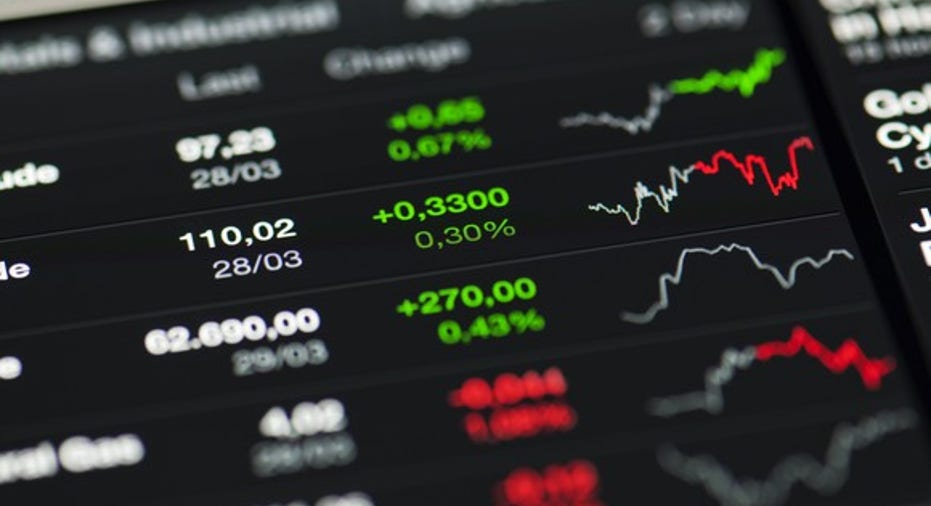What Is the S&P 500?

Image source: Getty Images.
The S&P 500 index is a basket of 500 of the largest U.S. stocks, weighted by market capitalization. The index is widely considered to be the best indicator of how large U.S. stocks are performing on a day-to-day basis.
Composition of the S&P 500
As we mentioned, the S&P 500 consists of 500 large-cap U.S. stocks, which combine for about 80% of all U.S. market capitalization. For this reason, the S&P 500 is considered to be a good indicator of how the U.S. markets are doing.
To be added to the S&P 500, the following criteria must be met:
- It must be a U.S. company.
- The market cap must be $5.3 billion or more.
- The public float must consist of at least 50% of outstanding shares.
- It must have positive reported earnings in the most recent quarter, as well as over the four most recent quarters.
- The stock must have an active market and must trade for a reasonable share price.
Meeting these criteria isn't a guarantee that a stock will join the S&P 500 -- these are just the minimum requirements.
As of May 31, 2016, the 10 largest companies in the S&P 500 are:
- Apple
- Microsoft
- ExxonMobil
- Johnson & Johnson
- General Electric
- Amazon.com
- Berkshire Hathaway (B shares)
- AT&T
- JPMorgan Chase
Weighting of the S&P 500
As we mentioned, the index is weighted by market capitalization.
Market-cap weighting means that the portion of the index represented by each company is proportional to its market capitalization. For example, Apple is the largest component of the S&P 500, and its market cap is equal to about 2.9% of the index total, so this much of the index is dependent on Apple's performance.
Unlike the Dow Jones Industrial Average, which is price-weighted, the S&P 500 is considered a better picture of how stocks (and therefore investors) are doing since it is influenced more by the performance of larger companies that make up more of investors' portfolios.
How to invest in all 500 stocks
If you want to invest in the S&P 500, it's generally not practical to actually purchase shares of all 500 stocks. However, you can get exposure to all 500, in their corresponding weights, by investing in a S&P 500 index fund.
These come in the form of mutual funds or ETFs. The Vanguard S&P 500 ETF is a popular example. It has over $230 billion in net assets, spread out proportionally among all of the stocks in the S&P 500 index. And its rock-bottom 0.05% expense ratio won't eat up too much of your profits.
This article is part of The Motley Fool's Knowledge Center, which was created based on the collected wisdom of a fantastic community of investors. We'd love to hear your questions, thoughts, and opinions on the Knowledge Center in general or this page in particular. Your input will help us help the world invest, better! Email us atknowledgecenter@fool.com. Thanks -- and Fool on!
The article What Is the S&P 500? originally appeared on Fool.com.
The Motley Fool owns shares of and recommends Amazon.com, Apple, Berkshire Hathaway (B Shares), Facebook, and Johnson and Johnson. The Motley Fool owns shares of ExxonMobil, General Electric, and Microsoft and has the following options: long January 2018 $90 calls on Apple and short January 2018 $95 calls on Apple. Try any of our Foolish newsletter services free for 30 days. We Fools may not all hold the same opinions, but we all believe that considering a diverse range of insights makes us better investors. The Motley Fool has a disclosure policy.
Copyright 1995 - 2016 The Motley Fool, LLC. All rights reserved. The Motley Fool has a disclosure policy.



















